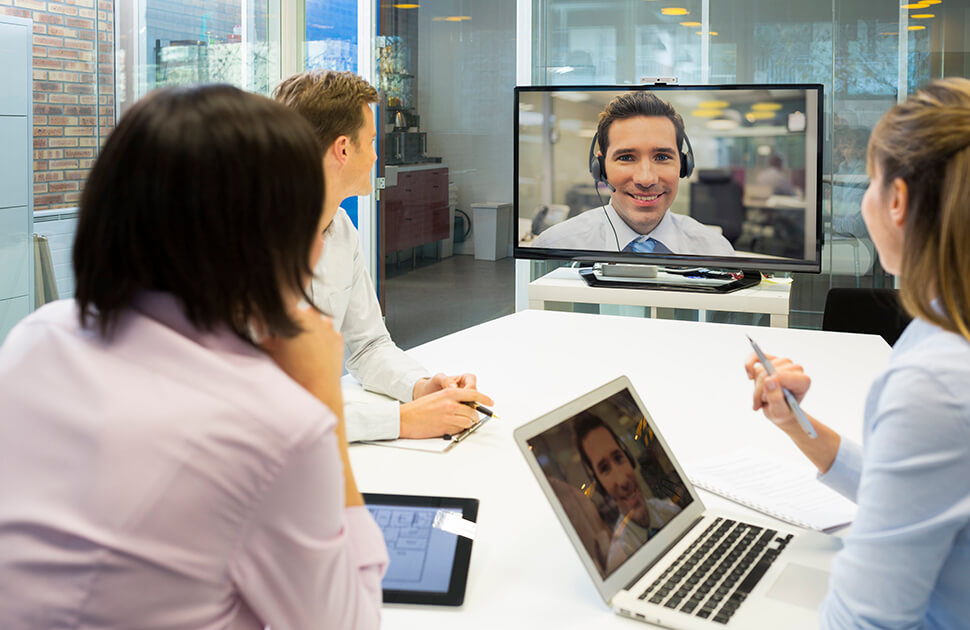For some, it will soon be a year since they last set foot in the office. As the COVID-19 pandemic continues to sweep across countries, it’s sometimes hard to remember the days when employees shared the same space. But while the timeline is still unclear, offices will inevitably reopen in the future, leaving many wondering what kind of workspace they will enter the day they return.
Analytics firm CCS Insights predicts that by 2022 more than half of all office employees will continue to work remotely. With half the workforce at home, at least semi-permanently, workspaces will no longer be designed to accommodate the same number of employees. Of all the transformations in the past year, offices are among the most likely to be modified in the long term.
8 Aspects That Will Have Changed In The Return To The Office In 2021
1) The Traditional Office Is Not Going Away Anytime Soon
Although research shows that one in five employees will continue to work remotely permanently, the majority of them will continue to go to the office, although not every day. Therefore, most organizations will not abandon their office space entirely. Instead, they will rethink their real estate investments to reduce underused space and work on better designs to make sure the remaining square footage is used efficiently.
2) The Immediate Priority Will Be The Health And Safety Of Employees
According to Forrester, the first priority when reopening offices will be to create a sense of physical and psychological security in the workplace. Despite the advent of vaccinations, two-thirds of workers would like to take health precautions even after returning to the office.
The companies will therefore modify the layout of the offices to maintain social distancing and will take additional measures for cleaning and sanitation. There will also be more investment in new technologies such as temperature scanning.
3) Increase Investment In Voice Assistant Technology To Enable Contactless Operations
Voice-enabled technology will be used to request services within office buildings in a more intuitive way: from ordering a coffee to reserving a room. Employees will also find voice assistants in shared spaces such as meeting rooms, lobby areas, and elevators.
4) Companies Will Equip Employees With New Tools To Make Better Use Of Office Space
To ensure that office space is used efficiently, companies will provide digital tools that allow staff to visualize the availability of space in conference rooms, work desks or even parking spaces.
After switching to remote work by default, some organizations have already implemented tools to allow their staff to reserve a spot in the office through an app before they go.
5) The Market For Connected Devices Will Grow
With half the workforce at home and the remaining half in the office, visual collaboration tools that can bring together distributed teams will appear throughout the workplace.
Physical meeting rooms will therefore be filled with technology that will bridge the gap between digital workers and in the office. Also, there will be an increase in investment in videoconferencing tools to facilitate contact between employees.
6) IoT Technology Will Create Offices That Boost Employee Productivity
To convince employees to use their workspace, companies will provide offices that go beyond working from home, such as using smart technology that adjusts the office environment throughout the day to help to the productivity and well being of employees.
Booking a meeting room could cause an increase in airflow based on planned occupancy, for example; and smart LEDs can automatically adjust lighting based on temperature or daylight levels. With new data and insights, organizations will be able to maximize the employee experience, boost productivity, and bring workers to the office.
7) Tracking Devices Will Proliferate In The Office
With mental health now a priority for many business leaders, tools that assess employee well-being will grow, according to CCS Insights, which predicts that features that track worker sentiment will appear across all collaboration and resource apps humans in 2021.
We could potentially see the use of Artificial Intelligence (AI) technologies to monitor employee sentiment, for example, through their written communications or even through their facial expressions. Similarly, tools that track activity, such as time spent on calls, meetings, or after hours work, could be deployed in workspaces, both remote and on-site.
8) Bots Will Become Commonplace
Automation has been on the rise for many years, and the COVID-19 pandemic has accelerated the potential for machines to perform human tasks.
As robots enter the office, Gartner anticipates that human resources departments will soon expand to include resources specifically dedicated to the automated workforce. By 2025, the consultancy predicts, at least two of the top ten global retailers will have reorganized HR areas to accommodate the needs of new robotic workers.
 Subscribe
Subscribe
 Ask for a demo
Ask for a demo

 4 min
4 min
